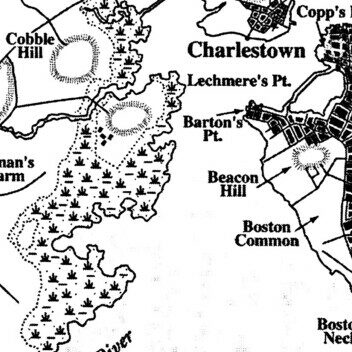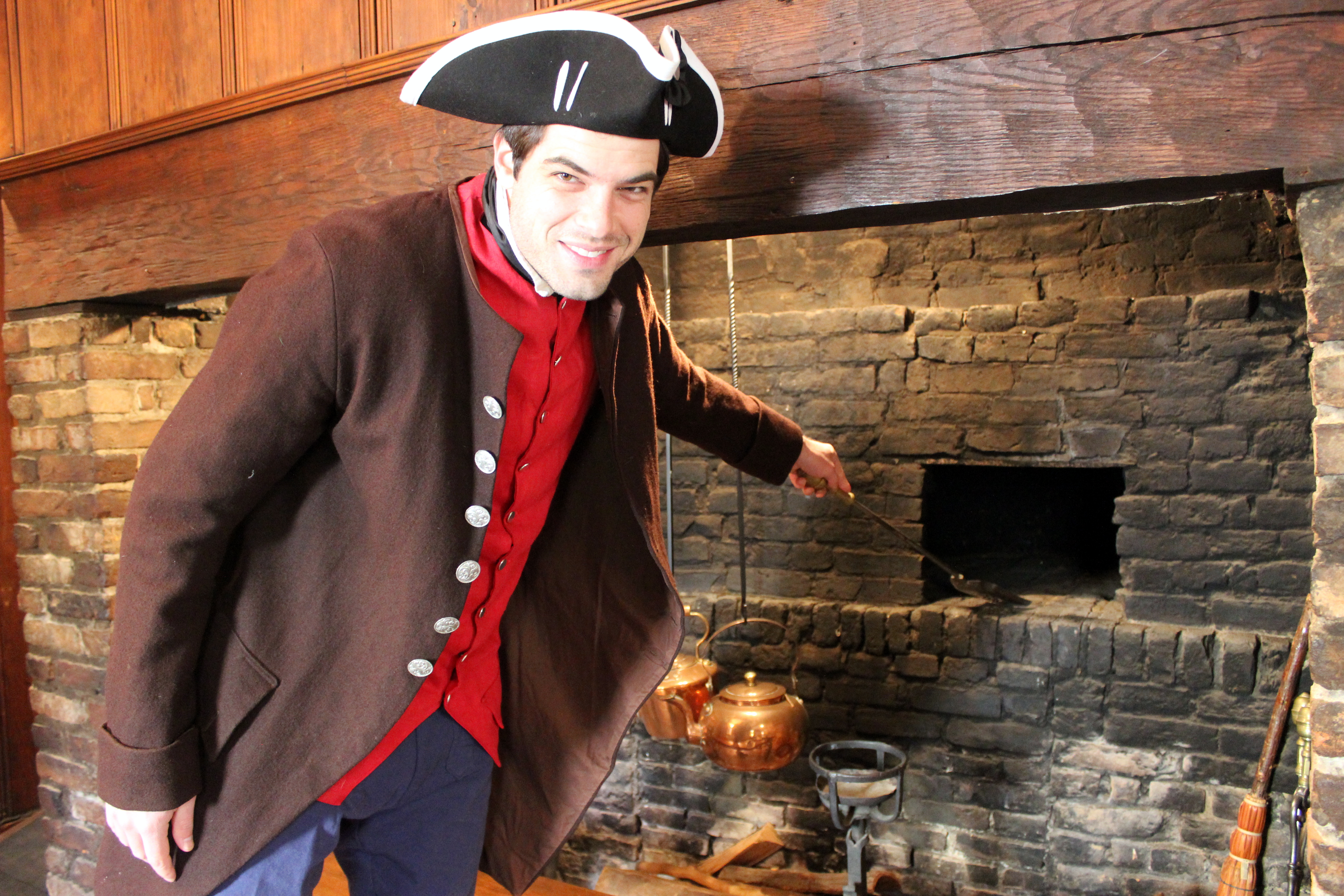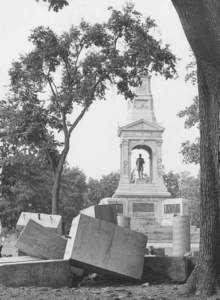
East Cambridge’s Road to Revolution
By Darleen Bonislawski, 2013
The events leading to the April 19, 1775, skirmish on Lexington Green began in East Cambridge. Years ago, while walking in East Cambridge (where I was born), I saw a stone marker on Second Street near the Probate Court, stating to all that “Near this spot 800 British soldiers from Boston Common landed April 19, 1775, on their march to Lexington and Concord.”
The words “The British are coming” invoke the midnight ride of Paul Revere to warn that British soldiers were marching on Concord to confiscate a Patriot arsenal. Cambridge resident Henry Wadsworth Longfellow made famous the words “One if by land and two if by sea” to describe the placing of lanterns by the Patriots in Boston’s Old North Church’s to signal how the British would advance to Concord. History records that two lanterns were placed in the church’s belfry. What is not as well known is that the “sea” part of this historical event occurred in East Cambridge.
In 1775, when the Charles River covered a larger area of East Cambridge, British officers chose a water landing from Boston to East Cambridge because it was the shortest and least conspicuous route to their destination. They marched from Boston Common, sailed from near Arlington Street, and landed at Lechmere’s Point, named for the Tory property owner Richard Lechmere.
Lieutenant John Barker wrote in his diary that few soldiers knew the reason for the expedition when they landed in a Cambridge marsh. “After getting over the marsh where we were wet up to the knees, we were halted in a dirty road and stood there till two o’clock in the morning waiting for provisions to be brought from the boats.…”
They were watched as they marched from sparsely settled East Cambridge to the present Gore Street, Somerville Avenue, Elm Street, Beech Street, and Massachusetts Avenue in North Cambridge, and finally on to Lexington, where they encountered armed militia that included men from Cambridge. In, Paul Revere’s Ride, David Hackett Fischer described how in East Cambridge, Widow Elizabeth Rand saw the soldiers near her house and told her neighbor Samuel Tufts, who then mounted his horse to spread the alarm.
The return route, after the British had been bloodied at Lexington and Concord, took them through North Cambridge and on into Charlestown, but East Cambridge’s place in the history of the Revolution was secure.





